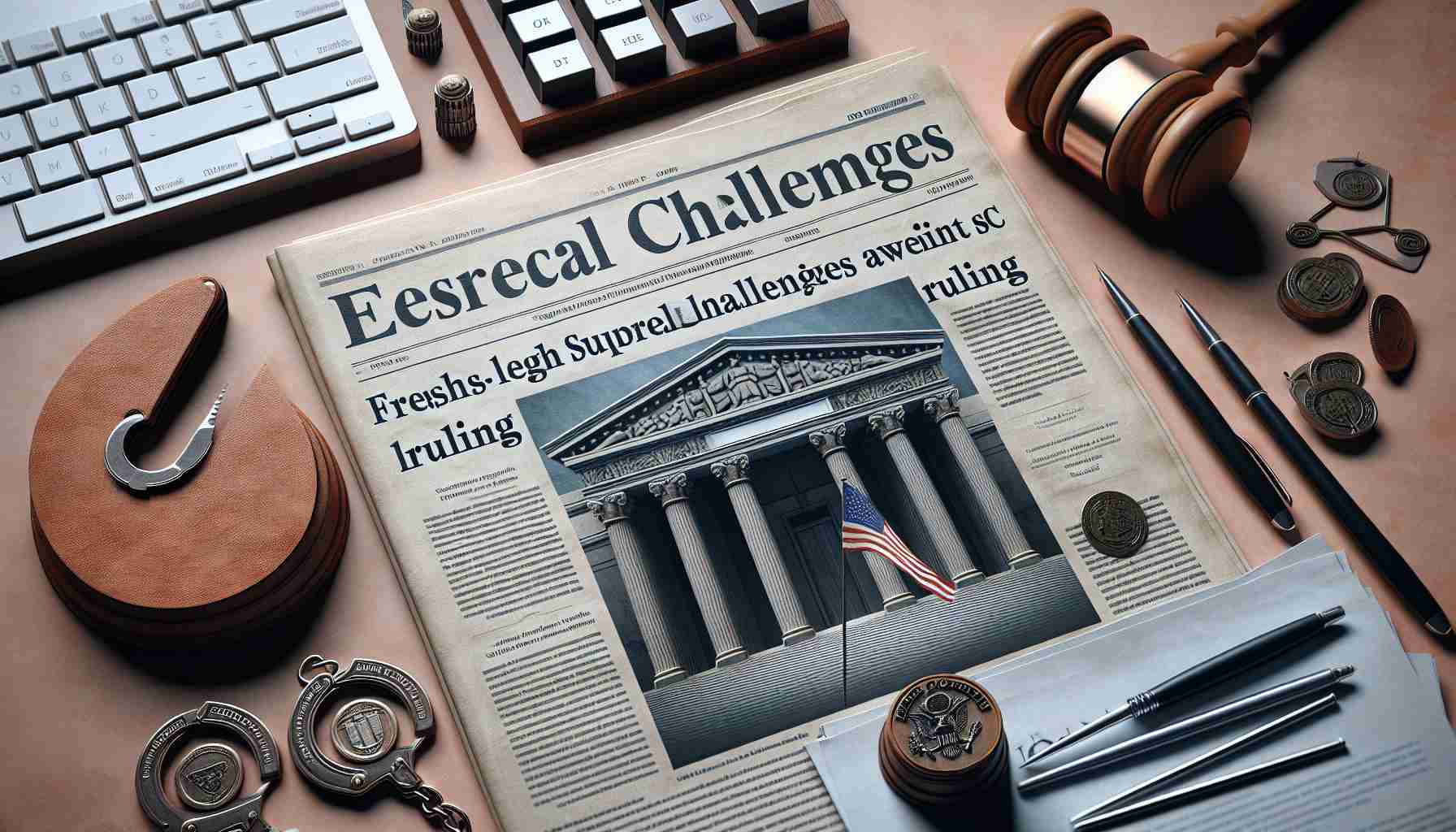A marked shift in the regulatory landscape has recently unfolded as the Supreme Court delivered a verdict likely to hamper the U.S. Securities and Exchange Commission’s (SEC) regulatory capabilities. Legal professionals predict that the SEC will encounter more legal pushback when attempting to enforce and establish new Wall Street regulations due to this decision.
Previously, a 1984 legal precedent enabled governmental bodies to interpret laws pertaining to their own administration. With the reversal of this principle, the doors have opened for increased judicial challenges against the SEC as it introduces new financial instruments and policies.
Already grappling with lawsuits from influential firms and cryptocurrency ventures, the SEC may now need to employ a more cautious approach toward regulation. The court’s 6-3 vote signals a judicial pullback from the so-called Chevron deference, which has provided federal agencies the flexibility to interpret statutes to cope with evolving economic landscapes.
The ruling is being described as a significant game-changer, signifying a strategic withdrawal from established legal backing for regulatory decisions, a stance reflected in earlier court victories that hinged on the Chevron allegiance.
Despite other available tools, the SEC, which supervises about 40,000 entities, has often relied on Chevron as a critical component of its regulatory framework. The recent curtailing of its power comes at a difficult time for the agency, notably with its climate disclosure regulation already facing legal hurdles.
This latest judicial development is part of an overarching conservative strategy aiming to dismantle bureaucratic influence and invites a future where the SEC’s every move may be scrutinized and contested more fiercely than ever before.
Based on the topic “Fresh Legal Challenges Await SEC Following Supreme Court Ruling,” the following are key aspects to consider:
Important Questions:
1. What is the ‘Chevron deference’ and how has it aided the SEC previously?
2. How does the Supreme Court ruling affect the enforcement power of the SEC?
3. What are the anticipated consequences for regulation of financial markets and institutions?
4. How might this decision impact emerging sectors like cryptocurrencies?
Answers:
1. Chevron deference is a legal doctrine that allowed courts to defer to a federal agency’s reasonable interpretation of ambiguous laws concerning its jurisdiction. This deference has historically helped the SEC implement and enforce complex and evolving financial regulations.
2. The ruling eliminates the Chevron deference for the SEC, meaning that the courts will no longer be inclined to accept the SEC’s interpretations of statutes without close scrutiny. The SEC’s power to enforce and introduce new regulations is weakened as it will now encounter more legal challenges.
3. The enforcement of financial regulations might become more difficult, potentially leading to a more uncertain and volatile market environment. Firms could be more inclined to test the boundaries of regulations, believing that without Chevron deference, they have a higher chance of success in court.
4. The rising crypto sector, which has been a major focus of the SEC’s regulatory efforts, might experience a period of rapid evolution in response to the decision, as the SEC’s ability to regulate these emerging financial products is now under greater legal scrutiny.
Challenges and Controversies:
The key controversy revolves around the balance of power between regulatory agencies and the judiciary. Supporters of the ruling argue that it reinstates judicial oversight and curtails potential overreach by regulators, whereas opponents believe it undermines the agencies’ ability to respond agilely to a complex and dynamic financial marketplace.
Advantages and Disadvantages:
The principal advantage of the ruling is that it may lead to clearer statutes from Congress, as agencies won’t be able to fill in as many gaps with their interpretations. But a significant disadvantage is that it could lead to regulatory gridlock and uncertainty, with potential negative impacts on market stability and investor protections.
For further information on the role and actions of the SEC, one could visit the agency’s official website: U.S. Securities and Exchange Commission. If you’re interested in developments related to the Supreme Court’s rulings and the legal implications for regulatory bodies, the Supreme Court’s website would be the place to go: Supreme Court of the United States. Please note that while these links are provided for convenience, it is critical to ensure the integrity and validity of URLs to avoid misinformation or security risks.



